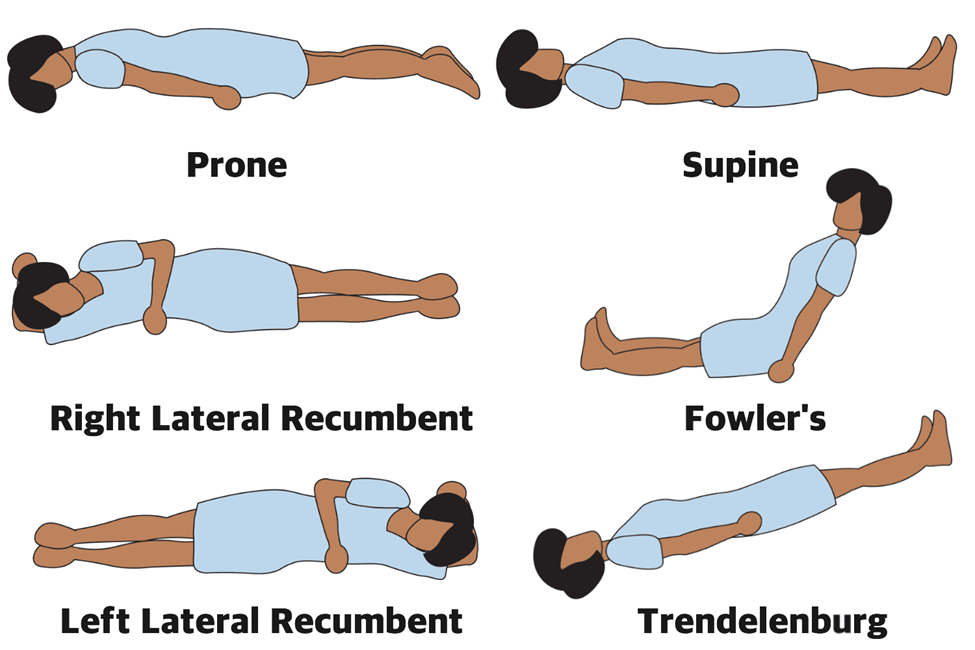A patient who underwent a mastectomy must be discharged home with a Jackson-Pratt wound drain in place. As the patient demonstrates the procedure for emptying it, which action should the nurse correct?
Points the device away from herself while opening it.
Refrains from touching the drainage spout with her hand.
Compresses the device in her hand before closing it.
Uses one alcohol wipe to clean both the spout and the plug.
The Correct Answer is D
Choice A rationale
Pointing the device away while opening it is a safe practice to prevent contamination and accidental exposure to bodily fluids.
Choice B rationale
Not touching the drainage spout with the hand is correct as it prevents contamination of the spout, which could lead to infection.
Choice C rationale
Compressing the device before closing it is part of the proper procedure to re-establish the vacuum within the drain, which is necessary for it to function correctly.
Choice D rationale
Using one alcohol wipe to clean both the spout and the plug is incorrect because each should be cleaned with a separate sterile wipe to prevent cross-contamination and maintain sterility.

Nursing Test Bank
Naxlex Comprehensive Predictor Exams
Related Questions
Correct Answer is C
Explanation
Choice A rationale
Sanguineous drainage is indicative of active bleeding and is typically bright red due to the presence of red blood cells. This type of drainage is not yellow-red and is not consistent with the description provided.
Choice B rationale
Serous drainage is clear and watery, and it is the fluid that is seen in blisters. It does not have a yellow-red color, so it does not match the description of the drainage observed.
Choice C rationale
Serosanguineous drainage is a mixture of serous and sanguineous drainage. It is typically light red or pink in color, which corresponds with the moist yellow-red stain described, indicating the presence of both plasma and red blood cells.
Choice D rationale
Purulent drainage is thick and opaque, usually yellow, green, or brown, and is associated with infection. The description of a yellow-red stain does not suggest that the drainage is purulent.
Correct Answer is A
Explanation
Choice A rationale
The High-Fowler’s position, with the client sitting upright at a 90-degree angle, is ideal for abdominal wound irrigation as it reduces the risk of fluid accumulation in the wound area and promotes drainage.
Choice B rationale
The side-lying position is not typically used for abdominal wound irrigation because it can cause pooling of the irrigation solution and does not facilitate easy access to the wound site.
Choice C rationale
The supine position, with the client lying flat on their back, is not suitable for abdominal wound irrigation as it can lead to fluid retention in the wound and does not aid in drainage.
Choice D rationale
The dorsal recumbent position, with the client lying on their back with knees bent, is also not optimal for abdominal wound irrigation due to the potential for fluid to collect in the wound area.
Whether you are a student looking to ace your exams or a practicing nurse seeking to enhance your expertise , our nursing education contents will empower you with the confidence and competence to make a difference in the lives of patients and become a respected leader in the healthcare field.
Visit Naxlex, invest in your future and unlock endless possibilities with our unparalleled nursing education contents today
Report Wrong Answer on the Current Question
Do you disagree with the answer? If yes, what is your expected answer? Explain.
Kindly be descriptive with the issue you are facing.
